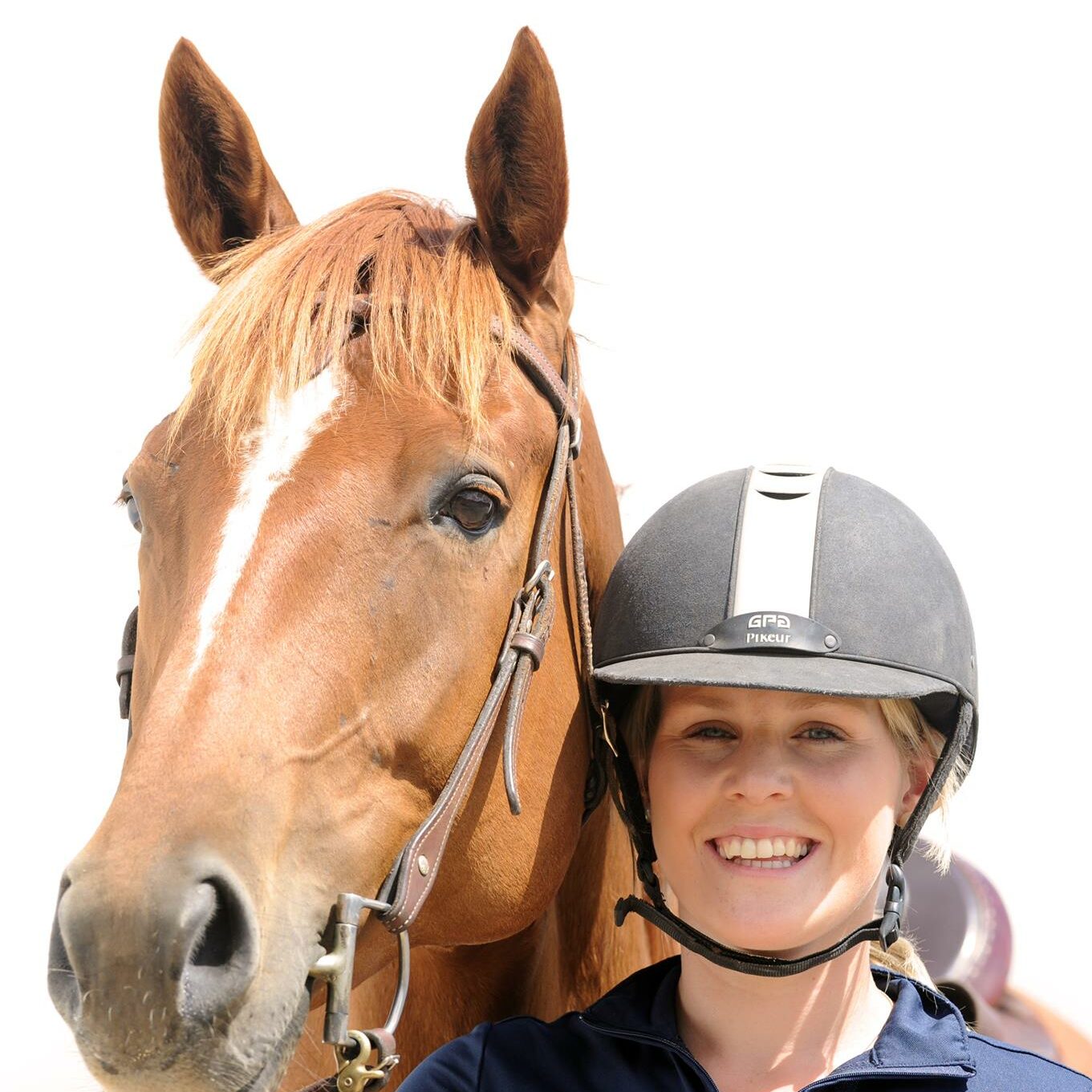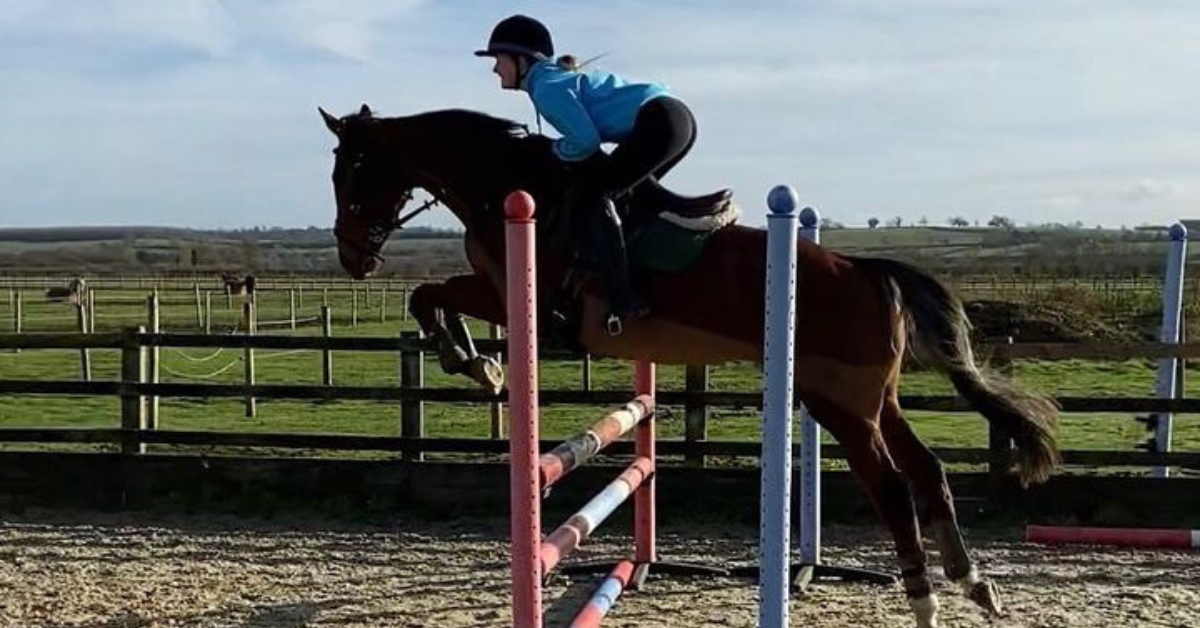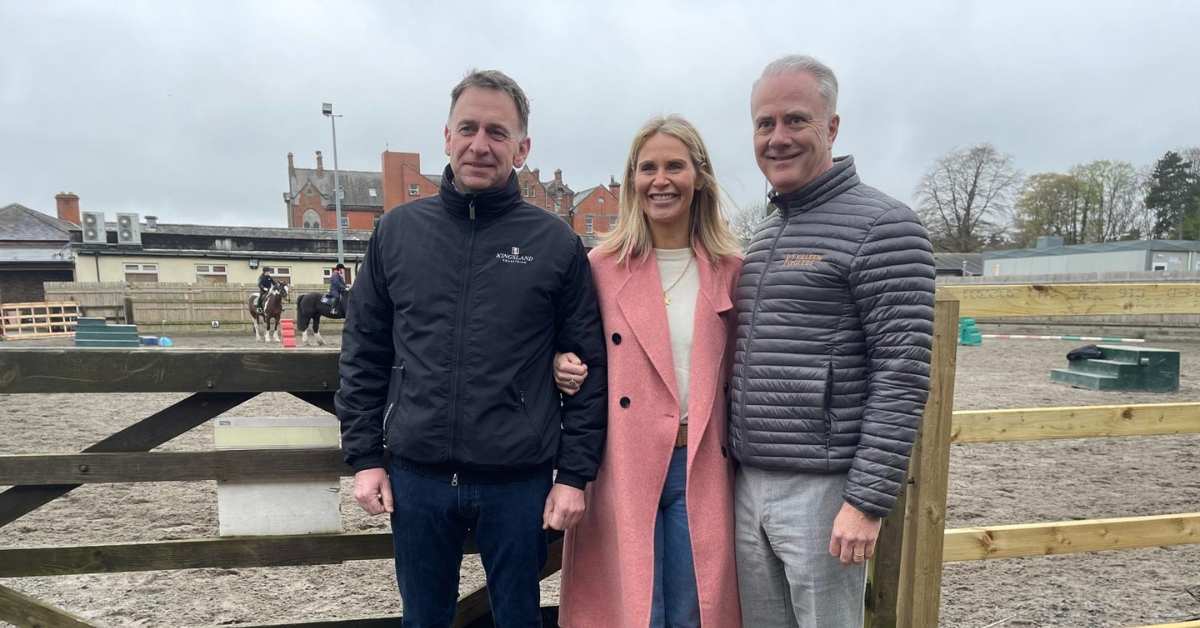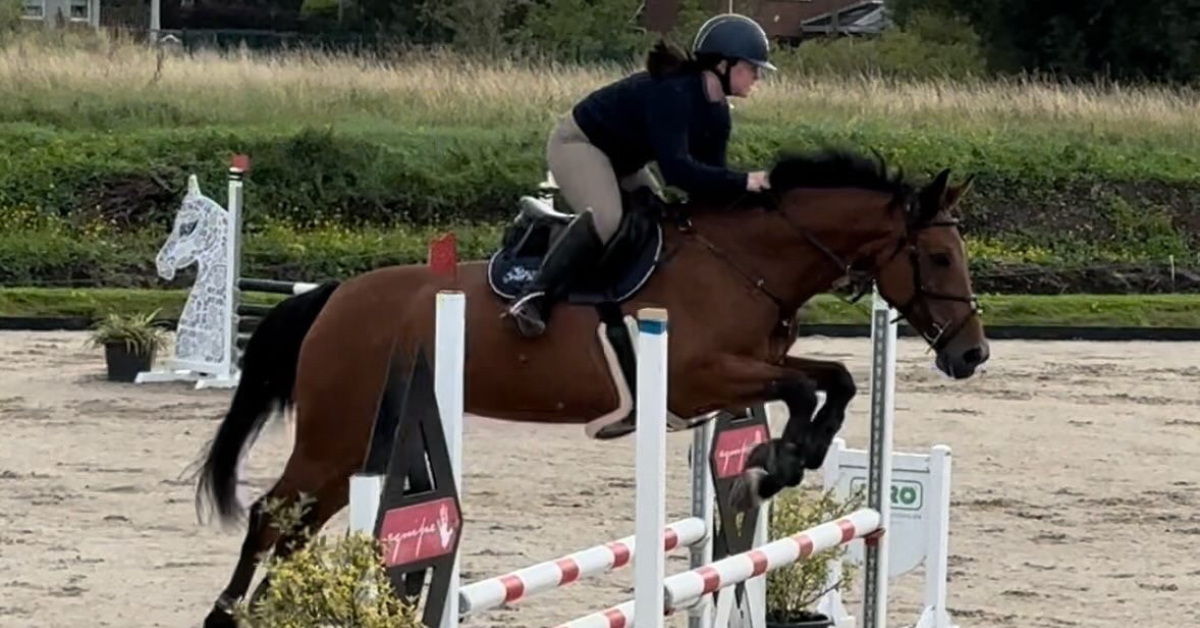‘Eh I’m a bit Confused’ – A Guide to Befriending Confusion in Your Equestrian Life
Have you ever walked away from an interaction with your horse, lesson, clinic or competition feeling a strong sense of confusion? I certainly have & in the past I have felt a sense of mild panic wash over me as a result. On reflection this usually happens to me when I have just learned or encountered something that is at odds with what I previously thought or believed. The bad news is confusion can hamper our learning, but the good news is that when handled successfully it can profoundly deepen our learning & understanding.
What does it mean to be confused?
Confusion is an emotional & cognitive state often encountered during learning particularly when learning new or complex information. Encountering problems while learning is regularly accompanied by an emotional response, often because of our formative learning experiences & social conditioning as a learner.
But I don’t like Being Confused?
Our subconscious takes comfort in what is familiar, familiarity feels safe, but familiarity may not be the best thing for us. Confusion or the unfamiliar can feel deeply uncomfortable & our subconscious can try to pull us back to the known & comfortable (Nafousi, 2022).
This knowledge influences how we interact with our instructors & educators. A degree of confusion is good for our learning experience & doesn’t mean we had a bad session or lesson. For deep learning we need to make sense of our learning experiences by integrating it with our personal principles & past learning, this process is not instantaneous. We can be told something over & over, but the real gold is when the learning becomes a part of us & this process may be a little uncomfortable for a time.
The Optimal Zone of Confusion
A remarkable characteristic of confusion is that its impact on learning outcomes can be either beneficial or detrimental, depending on how the confusion is handled by the learner.
Confusion is considered constructive when the learner is able to resolve confusion, by engaging in deeper cognitive processing, which may be achieved individually or with the support of an educator, coach etc.
However, confusion is considered destructive when it leads to a state of high frustration that eventually leads to disengagement (Arguel et al. 2019).
Our aim is to stay in the optimal zone which can be achieved through self-awareness & seeking appropriate support.
*Image from Researchgate.net
Window of Tolerance
The term Window of Tolerance was coined by psychologist Dan Siegel & it can be a very useful construct to draw on when we feel confused in our equestrian lives. We all have a unique window of tolerance dependent on personality & past experiences, when we are within our window of tolerance we can easily process & integrate material, when we are outside of our window of tolerance, we can easily feel anxious, angry out of control & overwhelmed. Stress & trauma shrink our window of tolerance.
When we feel threatened psychologically this quickly activates our sympathetic nervous system & we can find ourselves in a state of fight, flight, fawn or freeze. This can escalate rapidly & we find ourselves out of our emotional window of tolerance very quickly. My list of tips below can help you to maintain or return to your window of tolerance.
Tips When Dealing with Confusion
As equestrians we are often put in situations that really challenges us as learners, due to, being on the back of a horse, riding in large groups & often being quite a distance away from our instructors all put us at a notable disadvantage when it comes to learning.
Conclusion
Confusion is not chaos. When we embrace confusion, it can have a profoundly positive impact on our learning experience. Rumbling with confusion can open a whole raft or new learning experiences for you & your horse. Go forth & embrace the mindset of being confidently confused.
References
Arguel. A., Lockyer, L., Lipp, O., Lodge, J., & Kennedy, G. (2019) ‘Inside Out: Detecting Laerners’ Confusion to Improve Intercative Digital Learning Environments’ New South Wales; Department of Educational Studies, Macquarie University.Nafousi, R. (2022) ‘Manifest’ London: Penguin, Random House.


Share
Your subscription is 100% Free for our first year, No credit card details required.

Molly Perkins: Triumph Over Adversity and Inspiring a New Generation At just 21 years old, Molly Perkins is not just

Anybody who was lucky enough to know Jack, or even to have met him briefly will know that his love

Emma Heffernan: Defying Odds and Redefining Strength in the Saddle In the heart of Co. Cork, Emma Heffernan is not